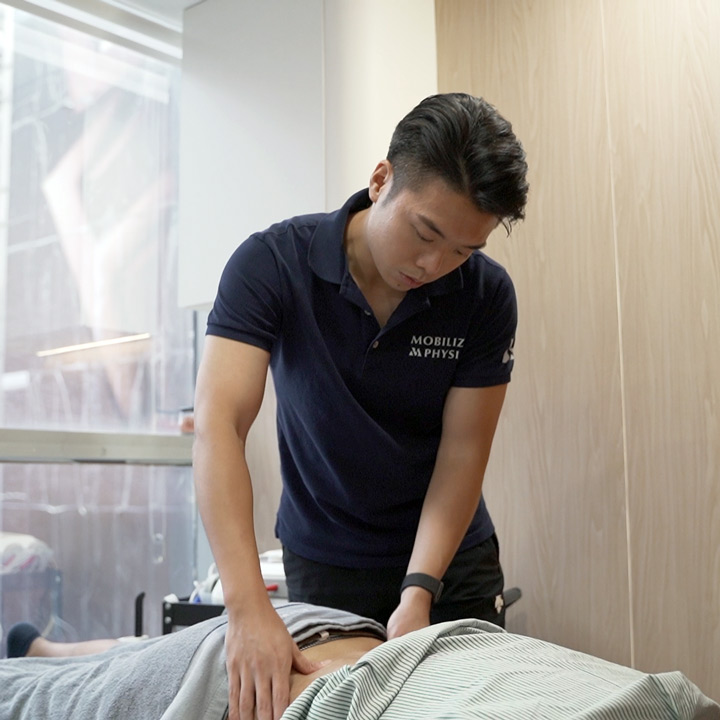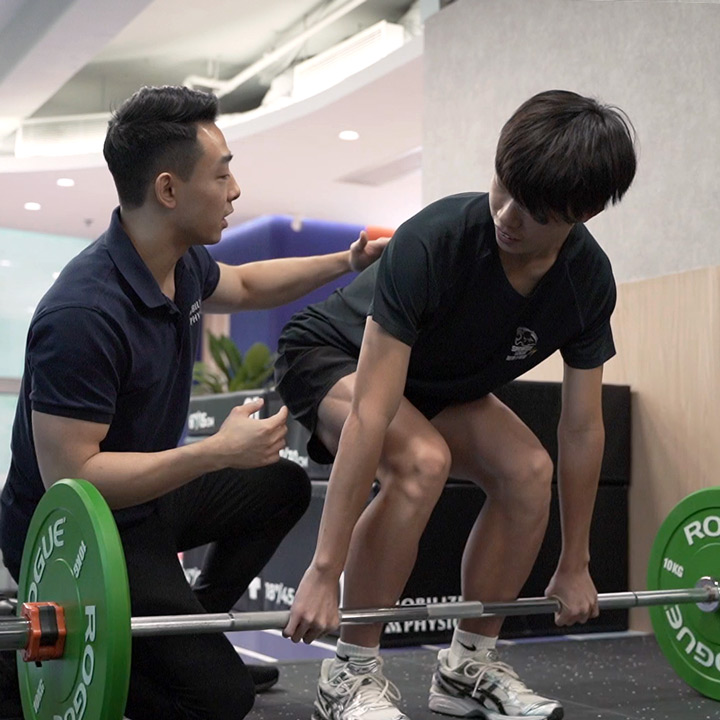Common Conditions
Disc Herniation
Symptoms, Common Causes and Treatments
Understanding Disc Herniation
Disc herniation refers to a condition where the inner substance of the lumbar intervertebral disc (nucleus pulposus) is displaced outwards through the outer substance (anulus fibrosus). People often remember an event which precedes the onset of pain. While the most common cause of herniated disc is ageing due to degenerative changes at the nucleus pulposus. The second most common cause is trauma. Repetitive trunk bending and twisting with load, sedentary lifestyle, poor posture are found to be associated with disc herniations. Most cases of herniated disc occur within the age of 30-50, and about 95% of herniated discs occur in the lower lumbar region (e.g. L4/5, L5/S1).
The ‘Scary’ Fact about Disc Herniation
Disc herniation only accounts for 5% of cases of back pain, and 75% of symptomatic disc herniations resolve in 6 months after the injury. In fact, a lot of disc herniations are asymptomatic. Therefore, even if you have low back pain and the scan shows a herniated disc, it might not be the cause of your pain.
Symptoms
Lumbar disc herniations can cause low back pain, and the pain may radiate down one side of the lower extremities for some instances due to peripheral nerve irritation by the herniated discs. In the more severe cases, the patient may even report numbness and weakness in the lower extremities. The patient may feel increased pain or numbness at the back or lower limbs while moving the trunk in all directions in the acute stage of the injury. There is usually a directional preference, meaning that the patient might move better in one direction but not the opposite. In later stages, patients generally feel better when bending the trunk backwards than bending forwards, because bending backwards helps decompress the discs. The patient should closely monitor the neurological signs (e.g. numbness and weakness of the lower limbs).


